Like me if you too are not a naval architect, you and I don’t know how to build a ship. But let us imagine we together built a ship. Or something looking like a ship. A smaller one may be.
With all our efforts, we put this small ship in the water. What will happen?
- Will the Ship sink or float
- Will the ship tilt (list) on starboard side or port side
- Will the ship have any trim or not. If yes, will the trim be by the head or by astern?
If I want to know the answers to these questions, one thing is for sure. We need to be able to understand the language of ship stability.
But Let’s be honest: understanding ship stability can be a huge pain.
Trust me, I know.
But not if you know the basics of ship stability. Once you know these basics, all other parts of ship stability will be as easy as eating a pancake.
And I am talking about most basics things here.
Understanding these basics forms the foundation of ship stability.
In this post, I will discuss 6 of these basic things of ship stability. Let us start.
1. Archemidies Principle
Why does a small metal ball sink in water but not ship? Probably the first question that a Pre-sea cadet is asked during his training.
While the question is quite basic, the answer forms the foundation of ship stability.
The answer lies in the Archimedes principle.
So what exactly is Archimedes principle? As per Archimedes principle
A body wholly or partially immersed in a liquid is subject to an upthrust equal to the weight of the liquid displaced by the body.
Let us first understand two keywords in the Archimedes principle.
- Upthrust
- Liquid displaced
Upthrust
Try to force a ball down into the water. You will feel a force stopping you from doing that. This is the upthrust we are talking about in Archimedes principle.
This force is also called “Force of Buoyancy” or simply buoyancy.
This upthrust will be there on any object you place in water.
Liquid displaced
When we place any object into the water, that object would displace some water. I bet everyone knows it because even the birds know it. Remember the story of thirsty crow?
So if we drop a stone in a jar completely filled with water, some water would spill out of the jar because the stone has displaced some water.
The volume of water displaced would be equal the volume of the stone.
Now let us see what Archimedes principle is trying to say? It is giving us a way to calculate the amount of upthrust that an object will feel when immersed in water (or in any liquid).
This upthrust will be equal to the weight (not volume) of liquid displaced by the object.
2. How do ships float?
So if we have to make something float, all we have to do is to make sure that it displaces more water than its own weight.
Let us say a ship’s light weight is 10000 T. And we have a solid cube of 10000 T weight made of same material.
If both are put in water, while the ball will sink, the ship would float. Why?
The weight is same, the material is same and both are placed in the same water.
As the weight of both is same, the downward gravitational force acting on both is same. But the upthrust acting on the ship will be more than that acting on the ball.
Let us see why?
The upthrust acting on the steel cube will be 1025 T. As the weight of the cube (downward force) is 8000 T, the cube will continue to move downwards and will sink.
Now let us see the forces on a ship with lightweight of 8000 T.
A ship of this light weight is generally of the approximate size of
- Length: 150 meters
- Breadth: 30 Meters
- Height from keel to the main deck: 20 meters
If it is submerged to its full height, it would displace 63000 m3 (150m x 30m x 20m x 0.7) of water. This is considering the block coefficient of the ship is 0.7.
This means that the upthrust acting on the ship would be 64575 T.
The downward force is same as was for the steel cube.
So why did the ship float while the steel cube sank? That is because the upthrust (Buoyancy) for the ship is much more than that of the cube of the same weight.
Watch this simple experiment and you would understand.
3. Buoyancy
We saw that the ship in the example was able to generate 64575 T of buoyancy when immersed up to the deck line.
As the weight of the ship was 8000 T, this means that the ship will have a net upward force of 56575 T.
This upward force will keep on raising the ship until the upthrust is equal to the weight of the ship. So at the equilibrium, the upthrust (buoyancy) will be equal to the weight of the ship which is 8000 T.
The remaining buoyancy of 56757 T will act as reserve buoyancy.
So when a ship is at rest, the upthrust (buoyancy) acting on the ship will be equal to the gravitational force acting on the ship.
When we add a weight on the ship, this equilibrium is offset as the gravitational force increases. This will cause the ship to sink, till the time buoyancy becomes equal to the downward gravitational force.
In short, if a ship will float or sink, how much will it sink and how will it float is the function of these two forces acting in opposite direction
- Upward-acting force of buoyancy
- Downward acting gravitational force
4. Center of Gravity
The center of gravity of any object is the point on that body at which the total weight of the object is assumed to be acting vertically downwards.
This point is an imaginary point.
For objects in uniform shapes and made of a uniform material, knowing the center of gravity is an easy task. For these objects, the center of gravity is the centroid of the shape.
For objects of irregular shape such as ships, the center of gravity is again the centroid of this irregular shape.
But in this case, it is too difficult to find the centroid of the shape.
But what is the significance of center of gravity of any object?
First, for the stability calculations, this is the point where we can consider the gravitational force acting downwards.
Second, this is the point from which the object will balance.
If you still have any doubt over what center of gravity is, this considerably old video will definitely help.
So where is the center of gravity acting on a ship and how can we know its location?
Center of gravity of the ship is measured from three dimensions.
From the centerline of the ship
The first dimension is knowing the location of the center of gravity from the centerline of the ship.
If the COG is on the centerline, the ship will be upright (no list). But if the COG of the ship is not on the centerline, the ship will have a list towards the side of COG.
So guess which side the ship would be listed if the COG is as indicated in the above photo?
More away the COG is from the centerline, the larger will the ship be listed.
Sometimes this distance is also referred as TCG (transverse center of gravity)
Location from the forward aft or midship of the ship
The second dimension is the location of COG from the forward perpendicular, aft perpendicular or from the midship of the ship.
This term is called Longitudinal center of gravity or LCG.
LCG is tabulated in the hydrostatic particulars of the ship for different drafts and tr
The location of LCG decides which way the ship will be trimmed. If the location of LCG is exactly at the midship, the ship will have no trim.
But if the LCG is forward of the midship, the ship will be trimmed by the head. Same way, if the LCG is aft of the midship, ship will be trimmed by the stern.
Location from the Bottom (Keel) of the ship
The third dimension is the location of COG from the keel of the ship. This is known as the Vertical center of gravity (VCG) or simply KG.
If the heavier weights are loaded on the top part of the ship, then COG of the ship will be towards the top of the vessel. In this case, KG of the ship will be a larger value.
If the heavier weights are loaded on the bottom part of the ship, COG will be towards the bottom of the ship and KG of the ship will be a smaller value.
We have already discussed that TCG value decides to the list of the ship and LCG value corresponds to the trim of the ship.
Then what is the significance of the KG (or VCG) of the ship?
To understand the significance of KG, let me ask you a question.
If you are given a task to carry a cube weighing few kilos attached with a rod, how will you hold it? From the rod (position A) or from the cube (position B)?
I am sure you would agree that it is much easier to hold the cube than to hold the rod. This is because when the “Center of Gravity” is higher, this whole thing is less stable and can topple with slight external force (like if you are moving in the wind).
Same goes with the ship and any other object. Higher the “center of gravity”, less stable it would be.
So in the case of ships, larger the KG, less stable the ship would be.
5. Center of Buoyancy
Just as the weight of the vessel was assumed to act downward through the center of gravity, the buoyancy force is assumed to act vertically upwards through a single point as well.
This point is known as the center of buoyancy.
The center of buoyancy is the centroid of the underwater part of the vessel.
For the sake of understanding, we can say that center of buoyancy is the center of gravity of the underwater volume of the ship.
As with the COG, COB can also be measured from three dimensions but measuring it from the centerline of the ship has no significance.
So the center of buoyancy is measured from two dimensions.
- From the bottom (keel) of the ship (KB); and
- From aft, forward or midship of the ship (LCB)
6. Equilibrium between COG and COB
This is the crux of the whole ship stability. A ship behaves the way it does because these two opposite forces are trying to balance out and bring the ship to the state of equilibrium.
But for any two forces to balance out, two things need to happen.
- Both the forces need to be equal; and
- Both the forces need to act exactly opposite to each other
Forces at COG and COB need to be equal
We have already discussed this. When we place weight on a ship at rest, the gravitational force acting downwards increases.
This will cause the ship to sink to a point where the force of buoyancy will become equal to the gravitational force.
COG and COB need to vertically in line
Now consider that we place additional weight away from the location of ship’s center of gravity.
The ship’s center of gravity will shift and will no longer be in vertical line with COB. This will cause a righting couple that would try to bring both COG and COB in same vertical line.
This righting couple will cause the vessel to trim. The vessel will trim up to a point where COB will be vertically in line with the COG of the ship.
Conclusion
Understanding ship stability is an important aspect of the safe ship operations.
Even though it is not simple, understanding the basic concepts of the ship stability lays a foundation of making ship stability simpler.
Center of buoyancy, the center of gravity and the relation between these two is the first thing we ought to understand.
Once we understand this to the core, understanding ship stability may not be as tough as it seems.
Share this:

About Capt Rajeev Jassal
Capt. Rajeev Jassal has sailed for over 24 years mainly on crude oil, product and chemical tankers. He holds MBA in shipping & Logistics degree from London. He has done extensive research on quantitatively measuring Safety culture onboard and safety climate ashore which he believes is the most important element for safer shipping.
Search Blog
49 Comments


Hi Jas ! was here..

Thanks for reading Bro. I will mark your "present" :)

Very well explained Sir...tx

Glad you liked it, Amar...

Thank you Capt Rajeev Jassal. Fantastic Explanaition. 5 Star

Thanks Mark...

Really Appreciated your concept of explanation and making basic foundation strong and professionally understandable... Marine professional should get learning concept from you ..

Glad you liked it Sandeep...

I admire you capt rajeev jassal for your brief explanation. but let me ask you one question, suddenly if the ship can sink,is there any means the workers of that ship can escape ? or not?

Depends on how much time do they get.. best way of survival on ship is to keep it afloat...:)

Thank you sir for the shared information. I salute you sir.

Thanks Junjun... Glad you liked it...

From this can I consider that Condition for a body to float ie Upthrust force more than or equal to weight of the body

Absolutely...

sir ,your blog is awsome. i too have chosen this field . at what age you did your mba ?

Many thanks for Your effort Captain.Realy usefully. Most cases the way of explanation by clever Person is more clear and understandable than it is written in book.

Please post for gyro and negnetic compass

DEAR CAPT. INFORMATIVE WRITING UNDOUBTEDLY.SIR,COULD YOU PLEASE EXPLAIN ME WHY WE MEASURE INITIAL GM IN 57.3 DEGREES.HOPE A EASY AND QUICK RESPONSE.GOD BE WITH YOU.THANKS IN ADVANCE.

that is one radian =57.3 degrees

well presented . i really appreciate , ur compiling knowledge makes easier for me to understated

Excellent presentation.

nice and clear explained.what factor drives to increase or decrease byoncy force?

Thanks Capt. Very useful.

sir when a ship is heeled at port or sea why the side on which the ship is heeling thatside tanks are filled first?

This i done as filling the tank which is on low side brings down the COG and hence make it more stable. If the tank on high side is filled first, the ship will have a tendency to list onto that side which will again have a counter tendency to make it upright. (ie. Stiff ship, Rolling to and fro too fast is not desirable). Filling lower tanks at first makes it more stable and subsequently opp. tanks to be filled to bring her upright)

Thank you sir

Thank you very much captain,I have been much time trying understand the meaning of stability accurate but no result due to we no have academy in my country,but during your fine explaining I started slightly understand no due nuclear explain but because of English language,I can not say but much thanks for you.

Im cptn Joeleboat i built a new kind of boat, a Banoemaran cross between a boat a canoe and a katarmaran, oh yeah

Thank you.

Awesome explanation

Unfortunately this is not a good explanation as it fails to clarify that the COG must be below the COB to keep the ship stable and stop it keeling over. The ilustrations show the COG above the COB and this is 100% wrong.

Cpt Jassal, is the above comment accurate?

I need tution for stability...

Thanks for your great lecture. I would like to know how to calculate the stability if you can help.

Can I draw the ships

thank you ver much sir, very much interesting . please im tasked to do a stability calculation for a ship, please i need ur assitance sir, can i private chat or i send the full question here sir

Comment*sir, assist me with several calculations on ship stability.

great article....

Thanks sirjii

Excellent

Thanks You capt... explanations 5 stars.

thanks for this sir, can i expect explanation on equilibrium of ships.

Fremontmarine provides the best marine services in UAE Our Company offer quality safety survival systems that enable companies freedom at sea onshore

Good day Captain, Please can you explain a condition where the ship heels to the same side of turn?? where basically the KB is more than KG. please can you explain this

Highly recommended to share your blogs.

For finding Distance between any two ports, there is an app: Port To Port Distance
Leave Comment
More things to do on myseatime

MySeaTime Blogs
Learn the difficult concepts of sailing described in a easy and story-telling way. These detailed and well researched articles provides value reading for all ranks.

Seafarers Question Answers
Ask or answer a question on this forum. Knowledge dies if it remains in our head. Share your knowledge by writing answers to the question

MySeaTime Podcast
This podcast on the maritime matters will provide value to the listeners. Short, crisp and full of value. Stay tuned for this section.

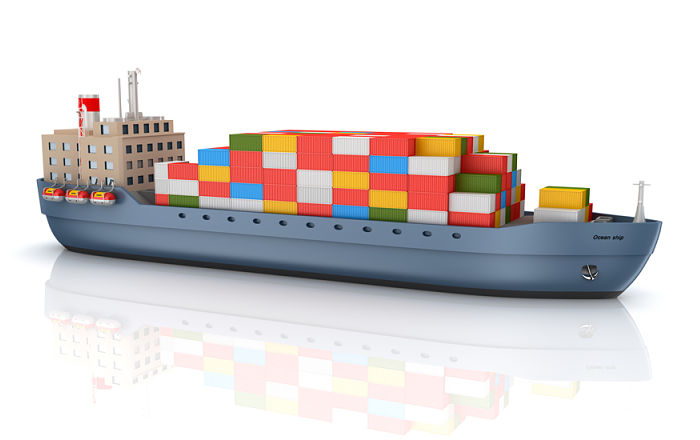






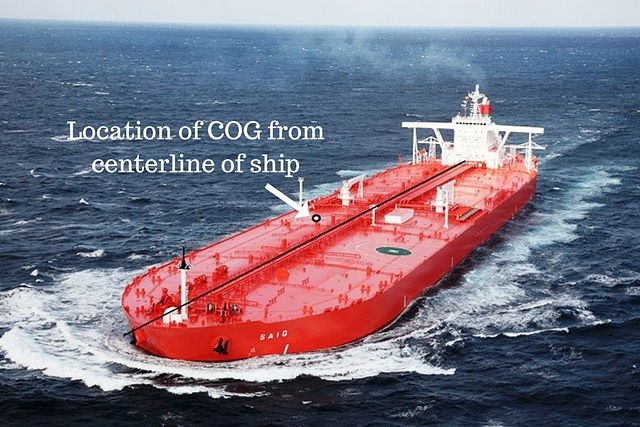


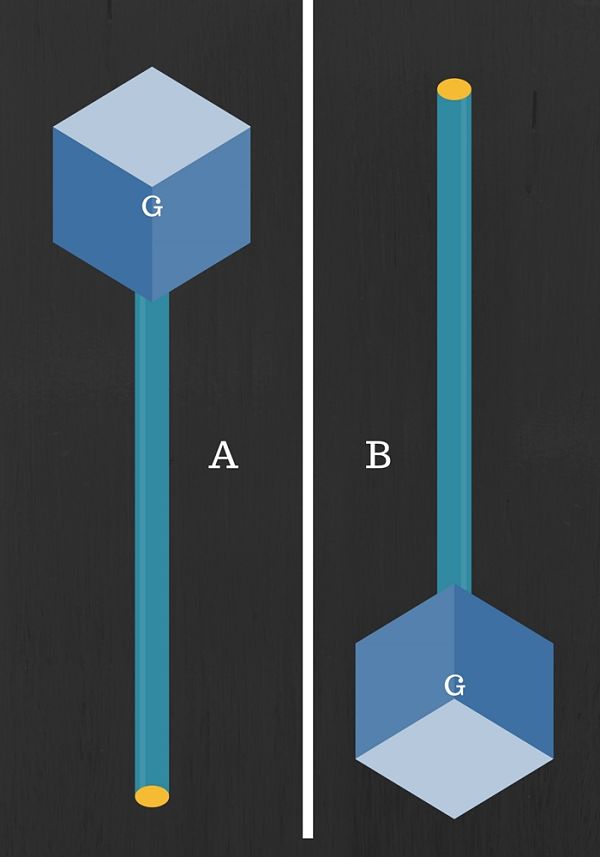
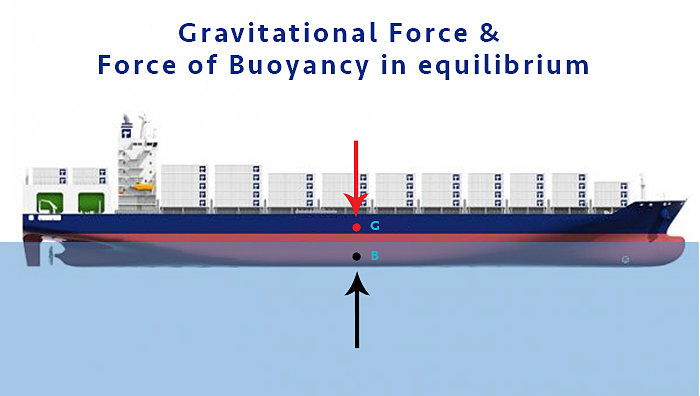
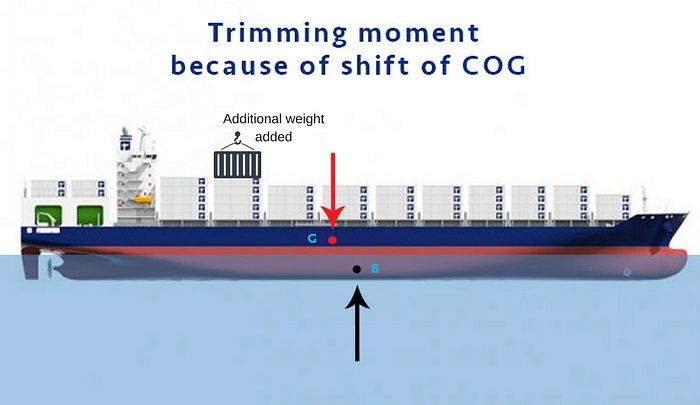

Good cap. Appreciate yr sincere efforts in compiling subjects to make understand easier..very useful tools ..tx
Thanks, Vicky...
Sir working on a tanker , a query how can we calculate SF & BM if loadicator is not operational .. bonjean curves but how to use them as I just know the theory abut the same but unable to find full explanation.